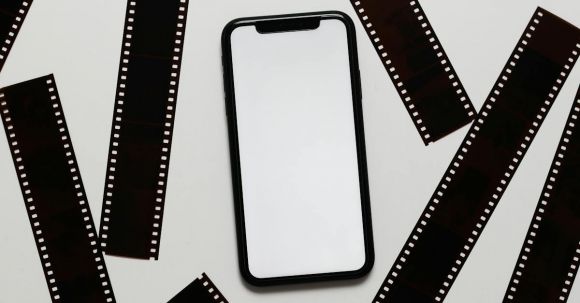Mobile app design is constantly evolving, driven by technological advancements and changing user preferences. In today’s fast-paced world, it is crucial for app designers to stay updated with the latest trends to create engaging and user-friendly experiences. Let’s take a closer look at some of the most prominent trends in mobile app design.
Minimalistic and Clean Interfaces
In recent years, there has been a shift towards minimalistic and clean interfaces in mobile app design. This trend focuses on simplicity and reducing clutter, allowing users to easily navigate through the app without feeling overwhelmed. Minimalistic design often involves the use of white space, simple color schemes, and clear typography. By removing unnecessary elements, app designers can create a visually appealing interface that enhances the overall user experience.
Dark Mode
Dark mode has gained popularity across various platforms, including mobile apps. This trend offers a dark color scheme, typically with a black background, which not only looks sleek but also reduces eye strain, especially in low-light conditions. Implementing dark mode in a mobile app can enhance readability and provide a unique visual experience for users.
Microinteractions
Microinteractions are small animations or visual cues that provide feedback to users when they interact with an app. These subtle interactions can make a significant impact on the overall user experience, making the app feel more responsive and engaging. Whether it’s a button changing color when tapped or a subtle animation when a task is completed, microinteractions add a touch of delight to the app design.
Gesture-Based Navigation
With the rise of smartphones with edge-to-edge displays, gesture-based navigation has become a popular trend in mobile app design. Instead of relying on traditional buttons, users can navigate through the app using swipes, pinches, and other gestures. This intuitive navigation method allows for a more immersive experience and maximizes the screen real estate.
Augmented Reality (AR)
Augmented reality has revolutionized the way we interact with mobile apps. By overlaying digital content on the real world, AR provides users with immersive experiences and endless possibilities. From gaming to home decor, AR can enhance various app categories, enabling users to engage with the app in a whole new way.
Personalization and Customization
Users expect personalized experiences from mobile apps, and app designers are leveraging this trend by incorporating customization options. Whether it’s choosing a theme, changing the layout, or selecting preferences, allowing users to personalize the app according to their preferences can significantly enhance user satisfaction and engagement.
Voice User Interface (VUI)
Voice user interfaces have gained popularity with the widespread adoption of voice assistants like Siri and Alexa. By integrating VUI into mobile apps, users can interact with the app using voice commands, making it more convenient and hands-free. This trend is particularly useful for apps that involve tasks like dictation, search, or navigation.
Conclusion: Embracing Innovation in Mobile App Design
As technology continues to evolve, mobile app design must keep up with the latest trends to stay relevant and competitive. From minimalistic interfaces to gesture-based navigation and augmented reality, app designers have numerous tools at their disposal to create engaging and user-friendly experiences. By embracing these trends and incorporating innovative features, mobile apps can deliver exceptional value to users in today’s digital landscape.
